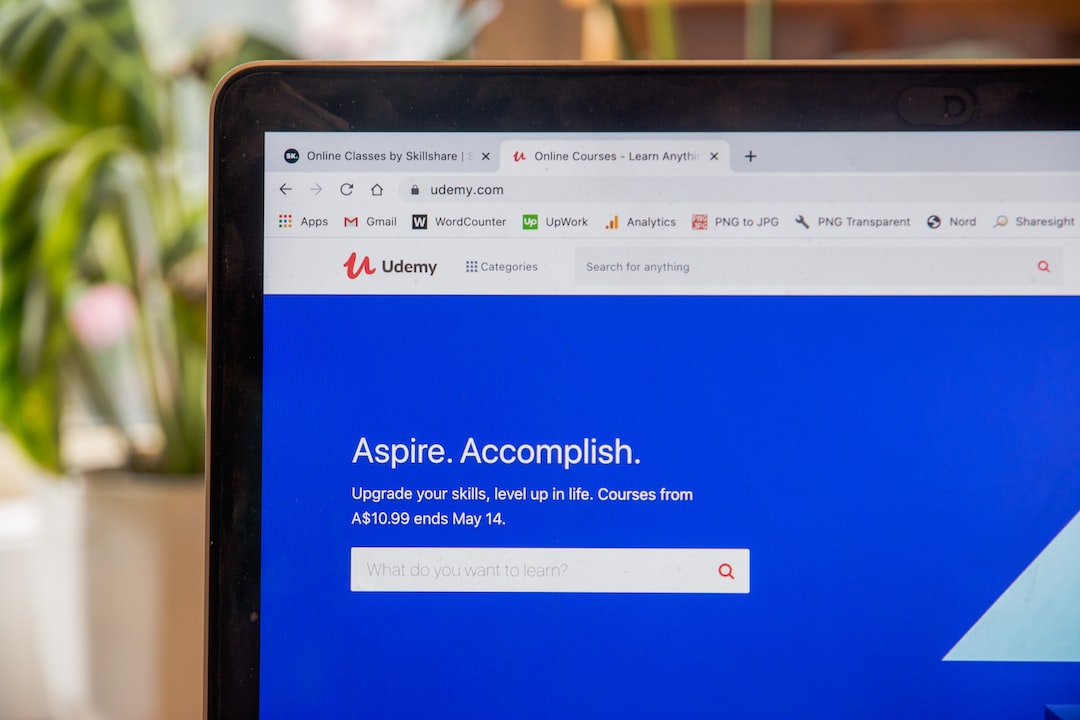E-Learning for Special Education: Promoting Inclusivity in the Virtual Classroom
In recent years, the field of education has witnessed a significant shift towards digital platforms and virtual learning environments. As students and teachers adapt to this new normal, it is crucial to ensure that every learner, including those with special needs, has equal access to education. E-learning has emerged as a powerful tool in promoting inclusivity and creating a level playing field for all students, regardless of their abilities or challenges.
Special education refers to the individualized educational programs and services designed to meet the unique needs of students with disabilities. Traditionally, these students receive specialized instruction in separate classrooms, away from their peers. However, the advent of e-learning has revolutionized special education, enabling students to access educational resources and receive personalized instruction from the comfort of their own homes.
One of the most significant advantages of e-learning for special education is the flexibility it offers. Students with disabilities may face difficulties in physically attending school regularly or keeping up with the pace of a traditional classroom. E-learning eliminates these barriers by allowing students to access educational materials at their own pace and time. This personalized approach to learning ensures that students with special needs can progress according to their individual capabilities, maximizing their potential for success.
Additionally, e-learning provides a wide range of accessibility features to accommodate diverse needs. Virtual classrooms can be equipped with tools like closed captioning, screen readers, adjustable font sizes, and color contrast settings to cater to students with visual or auditory impairments. These features not only enhance the learning experience for students with disabilities but also foster an inclusive environment where all students can participate fully.
Furthermore, e-learning platforms offer a plethora of interactive and multimedia resources that can engage and motivate students with special needs. Visual aids, videos, and interactive simulations can help students grasp complex concepts more easily. Gamification elements, such as quizzes and rewards, can make learning enjoyable and boost student engagement. By incorporating these innovative tools into the virtual classroom, special educators can create a stimulating and inclusive learning environment for their students.
Another significant advantage of e-learning for special education is the ease of communication and collaboration it facilitates. Virtual classrooms enable students to connect with their peers and teachers seamlessly, regardless of geographical distances. This opens up opportunities for students with disabilities to interact with a diverse group of individuals, fostering social skills and promoting inclusivity. Moreover, online discussion forums and chat features encourage collaboration among students, enabling them to learn from one another and create a sense of community within the virtual classroom.
Moreover, e-learning platforms provide a wealth of data and analytics that can be invaluable in monitoring and tracking the progress of students with special needs. Individualized learning plans can be developed, and progress can be assessed through the collection of real-time data. This allows special educators to identify specific areas where students may be struggling and tailor instruction accordingly. Additionally, data-driven insights can help educators make informed decisions about instructional strategies and interventions, ensuring that the unique needs of each student are met effectively.
While e-learning for special education offers numerous benefits, it is essential to acknowledge and address potential challenges. Adequate training and professional development for educators are crucial to ensure they are equipped with the knowledge and skills to effectively utilize e-learning tools and platforms for the benefit of students with special needs. Additionally, access to reliable internet connectivity and suitable devices may be a challenge in some regions or for families with limited resources. It is vital to bridge the digital divide and ensure that no student is left behind due to technological barriers.
In conclusion, e-learning has the power to revolutionize special education and promote inclusivity in the virtual classroom. By providing flexible learning options, incorporating accessibility features, and fostering collaboration and communication, e-learning enables students with special needs to access quality education and thrive academically. It is imperative that policymakers, educators, and stakeholders work together to ensure that e-learning is implemented effectively and equitably, ultimately creating a future where every student, regardless of their abilities, has an equal opportunity to succeed.
